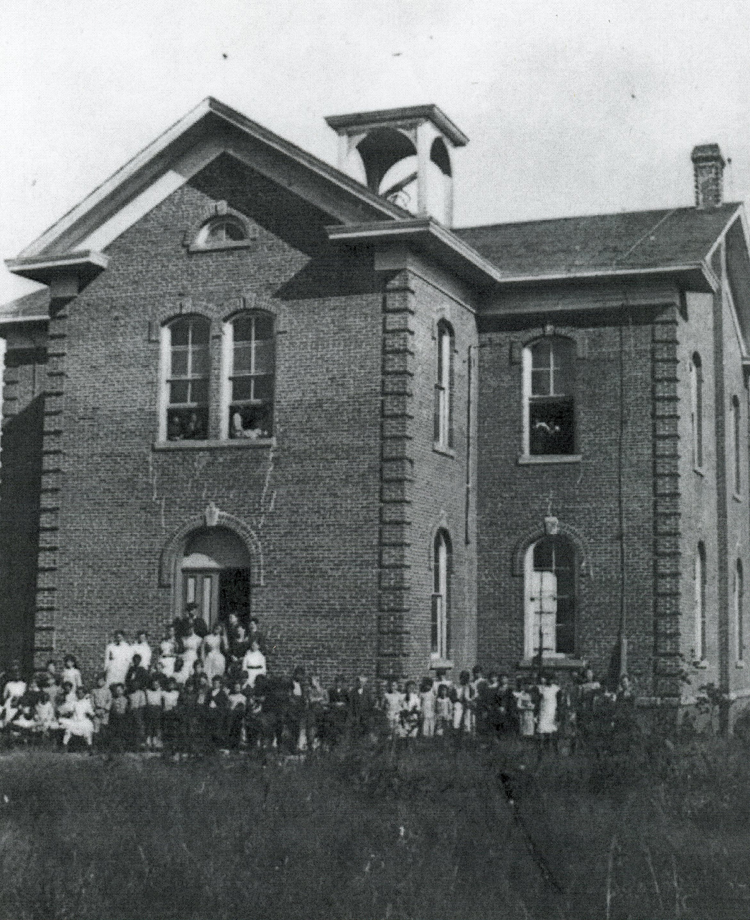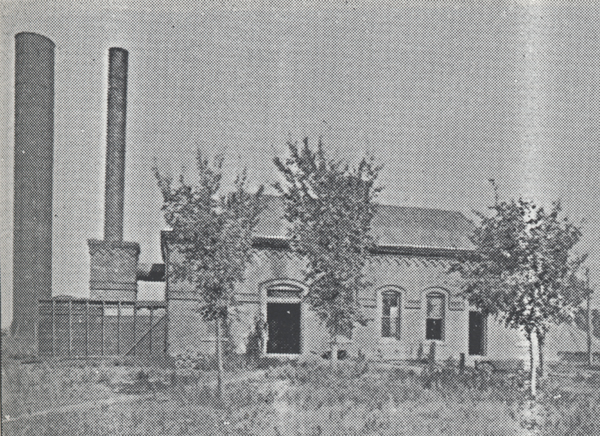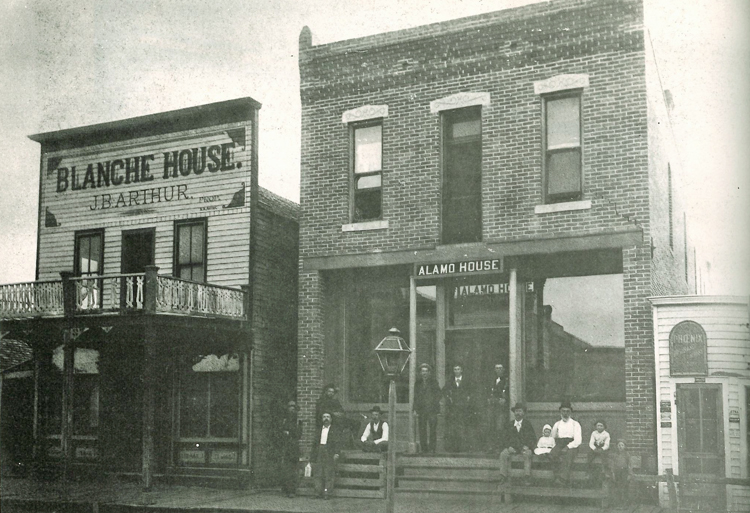By February 15, 1888, the water mains and hydrants were working, but it had not been done without some controversy. Kinsley had two newspapers at the time: The Kinsley Mercury and The Banner-Graphic. They often offered different views on the subject of the day. Both papers had supported the waterworks project as evidenced in this colorful defense the Graphic made when attacked by the Mercury.
“We want it distinctly understood by all parties, either born or unborn, civilized or uncivilized, Barbarish, Caucasian or otherwise, regardless of previous condition or past servitude, that we are and always have been in favor of the water-works.” (Graphic Dec. 16, 1888)
The attack had come when the Graphic editor criticized the city council on water main and hydrant placement. “Oh it’s a very fine scheme to be a councilman and have mains built through your yards and along the thoroughfares of your back alleys” when the rest of the north side got none.
He wrote “Almost ever since this town has had an existence (1873) there has been an ill feeling between the people of the north and south side…. These people say ‘give us something, if nothing more that plug two inch pipes,’ but the all-wise and ever to be adored council tells them that such a line would be of no value, that it would only be dead water, and offer a thousand other unplausible excuses” of why they will not do it. Except for the courthouse area near the waterworks, the north side of town was not provided with water mains, not even to the north side school on First St., to save it from fire or keep the trees from dying during the hot summers.

at the location of Lincoln School on First St.
Two hose carts had been purchased and the Eagle (south side) and Elk (north side) fire companies were formed. Both carts were stored on the SW corner of Marsh Ave and 5th St. In 1889, the council fitted out a room on the second story of that building for the firemen to meet. This location turned out to be within the Santa Fe Railroad right-of-way, so the building was moved two lots south in 1890.
On Feb. 15, 1888, when the water was turned on, a trial test occurred. “The north side fire company made a run of one hundred feet, attached the hose to the hydrant, and started a stream of water in five seconds.” (Graphic, Feb. 17, 1888)
Then as now, fighting fires was dangerous and required training and practice to pull the carts and hook up the hoses to the fireplugs. The very next month, “George Burt met with quite a painful accident …while out drilling with one of the hose cart companies. It seems the boys were running with the cart when one of the wheels struck an obstruction, and all hands letting loose, the tongue flew around striking Burt in the side, breaking his watch to pieces and badly bruising him.” (Mercury, March 29, 1888)

at 504 W. Sixth St. where the city waterworks remain located today.
By the end of the year, city councilman and fire chief E. M. Boies had taken “a great interest in drilling the boys, who in turn have confidence in him. As showing the efficiency of the ‘laddies’ a ‘test case’ was made last Thursday. An alarm of fire was sounded in the afternoon when all the members of the company were scattered about town engaged in their various occupations. At the first tap of the fire bell the boys dropped whatever business they had in hand, and in just two minutes, by the watch, they had taken out engine No. 1, hauled it two blocks and had a stream of water flying, and in just seven minutes they had the second engine out and hose attached to a hydrant, ready for business.” (Mercury, January 17, 1888)
The Elk Fire Company appears to have disbanded by the fall of 1888. Two attempts and a petition to revive it were turned down. The city remained with only one company and two carts until 1896 when the Elk Company was reorganized.
The call for a more adequate fire alarm that could be heard all over town continued and was answered sometime between 1890 and 1893 when a bell tower appears behind the hose cart house on the 1893 Sanborn map. There had been discussion that they use an extra bell from the north side school and perhaps this is what happened.

was saved by the volunteer fight fighters on March 6, 1894.
On March 6, 1894 the Blanche House (219 E. Sixth St.) caught fire and the boys “promptly ran out the hose carts…unreeled the hose from the nearest hydrants and two minutes after the first tap of the bell had a stream of water playing upon the fire.” The fire was quickly brought under control. “The damage was very slight but the possibilities were immense. Our citizens who sometime complain of the water works tax can especially derive an ‘object lesson’ from the occurrence, for had it not been for the water works the city would undoubtedly have had the most disastrous fire in its history. Too much credit cannot be given to our volunteer fire department for the prompt and through way in which they did their work, although Bob does say that he thinks it was entirely unnecessary to turn the hose on him. However, ‘all’s well that ends well.’” (Graphic, March 9, 1894)
So many interesting fire-related stories and history in the 1880s, that news of a proper bell and fire station will again be postponed another week.
